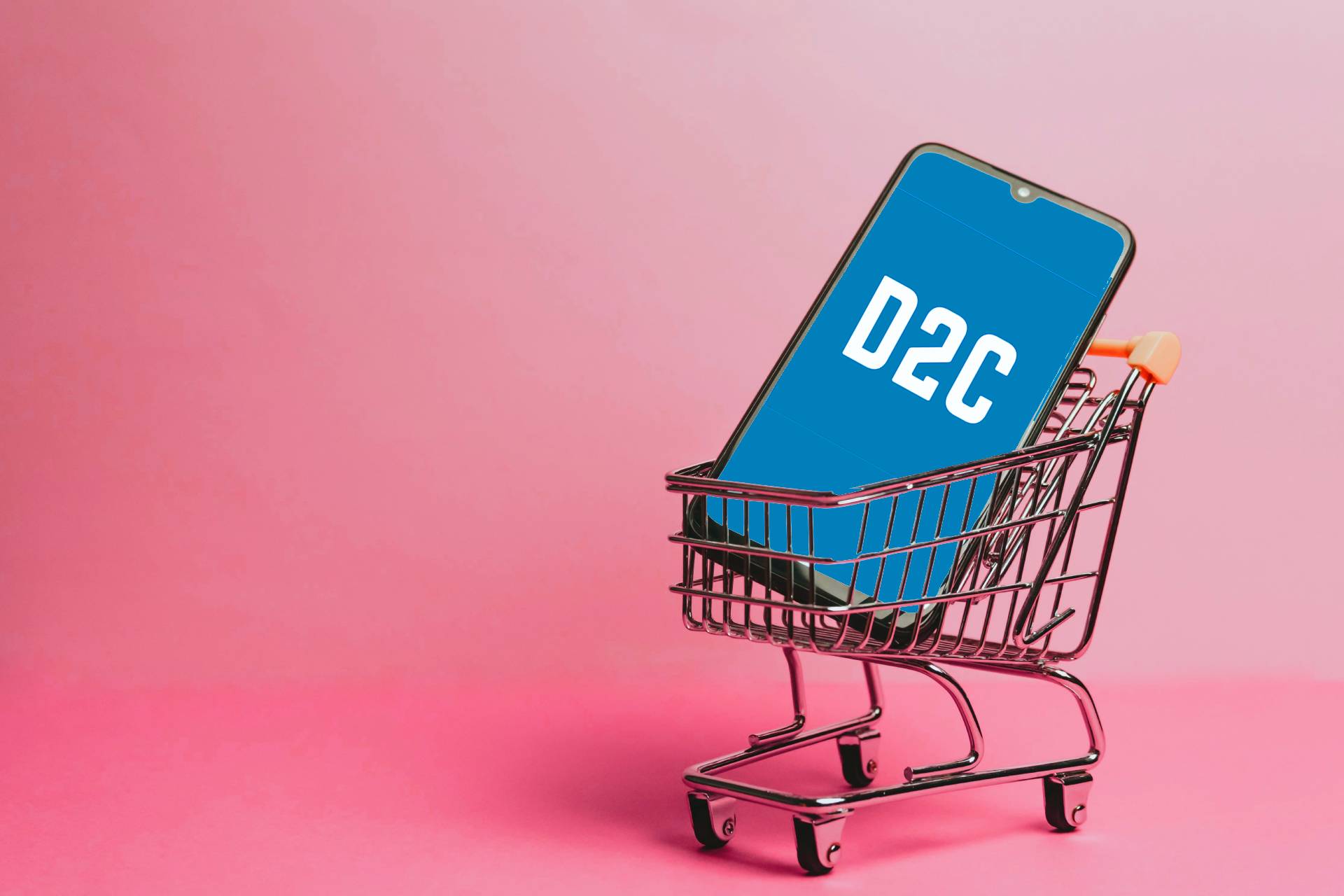Why Offer Free Shipping?
The Lure of ‘Free’ and Its Impact on Conversion Rates
Free shipping has become the gold standard in ecommerce, with many customers expecting it as a given. Studies show that offering free shipping can significantly boost conversion rates, as the perceived value often outweighs the actual cost savings for the consumer. But how can businesses afford to offer this without eating into profits?
Balancing the Books: Absorbing Shipping Costs Wisely
The key to offering free shipping lies in understanding your margins and customer behaviour. Some businesses absorb the cost, considering it a marketing expense that increases the average order value. Others adjust product pricing slightly to cover shipping fees, ensuring that their bottom line remains unaffected.
Decoding Shipping Costs for Ecommerce Stores
Transparent Pricing Strategies to Keep Customers Informed
Shipping cost transparency is crucial for maintaining trust with your customers. Unexpectedly high shipping fees are one of the top reasons for cart abandonment. By being upfront about costs, you can manage expectations and reduce the likelihood of last-minute purchase drop-offs.
How to Calculate and Communicate Shipping Costs Effectively
Calculating shipping costs involves considering the weight, dimensions, and destination of the package. Use shipping calculators provided by carriers to estimate costs and communicate them to your customers either on product pages or at checkout.
Navigating Shipping Rates in the Ecommerce Landscape
Competitive Shipping Rates: The Balancing Act of Cost and Speed
In the competitive world of ecommerce, finding the right shipping rate is a delicate balance. Customers are looking for a bargain, but they don’t want to wait too long for their purchases. To compete, businesses must offer shipping rates that balance cost with speed, ensuring that customers feel they’re getting the best value for their money.
Strategies to Offer Competitive Shipping Rates
To offer competitive shipping rates, consider a tiered shipping model where the speed of delivery is adjusted based on the shipping fee. Another strategy is to negotiate better rates with carriers or use a mix of shipping services to provide the most cost-effective solutions for your customers.
Meeting Customer Expectations: The Amazon Benchmark
Why Customers Compare Your Shipping to Amazon’s
Customers have grown accustomed to the shipping standards set by industry giants like Amazon. The convenience of fast, often free shipping and a seamless return process has set a high bar, making “like Amazon” a common point of comparison for online shopping experiences. To meet these expectations, ecommerce stores must scrutinize their shipping policies and strive for excellence.
Creating an Amazon-Like Experience in Your Ecommerce Store
To create a shipping experience that customers like and expect, model your services on efficiency and transparency. Offer clear communication, reliable tracking, and speedy delivery options. Additionally, consider a subscription-based model with perks, such as free expedited shipping, to cultivate loyalty and encourage repeat business.
Cultivating Loyalty with Shipping Perks: Learning from Amazon
How Free Shipping and Fast Delivery Build Brand Loyalty
Amazon’s Prime membership has shown that customers are willing to commit to brands that provide value through shipping incentives. Ecommerce businesses can learn from this by offering their own version of shipping perks, such as free shipping thresholds or membership programs that reward frequent shoppers with faster delivery times.
Implementing a Prime-Like Shipping Option for Your Customers
Implementing a Prime-like option doesn’t have to be a daunting task. Start with a loyalty program that offers free shipping after a certain number of purchases or a subscription service that reduces the wait time on orders. This approach not only matches customer expectations set by Amazon but also encourages higher order value and repeat visits.
The True Cost of Shipping: Understanding and Managing Expenses
Breaking Down the Cost of Shipping for Ecommerce Success
The cost of shipping encompasses more than just the price to send an item from point A to point B. It includes packaging, labour, and the expenses associated with lost or damaged goods. Understanding these costs in their entirety is crucial for setting prices that cover expenses while remaining attractive to customers.
How to Manage and Reduce Shipping Costs
To manage and reduce shipping costs, streamline your packaging process, optimize your carrier selection, and regularly audit your shipping expenses. Consider offering insurance and tracking to mitigate the costs associated with lost or damaged goods, which can indirectly increase overall shipping expenses.
Making Shipping a Highlight of Your Ecommerce Offering
Creating a Shipping Experience That Customers Love
Make shipping a highlight of your ecommerce offering by ensuring it’s fast, reliable, and customer-centric. This means providing clear communication throughout the shipping process, from confirmation emails to delivery updates. A positive shipping experience can turn first-time buyers into repeat customers.
Innovative Shipping Practices That Set You Apart
Innovative practices, such as easy returns, eco-friendly packaging, and loyalty programs tied to shipping, can set your ecommerce business apart. Consider adopting a model similar to Amazon’s Prime service, which offers expedited shipping for a flat annual fee, to incentivize customer loyalty and increase the perceived value of your shipping services.
Ecommerce Shipping Practices for 2024: Staying Ahead of the Curve
Adapting to the Latest Trends in Ecommerce Shipping
As we move forward in 2024, it’s important to stay ahead of the curve with the latest shipping practices. This includes offering diverse delivery options, such as BOPIS (Buy Online, pick up In-Store), and staying agile in the face of supply chain disruptions.
Leveraging Data to Refine Shipping Strategies
Use data analytics to understand customer preferences and optimize your shipping strategies. By analyzing order history, geographic trends, and delivery performance, you can make informed decisions that improve service and reduce costs.
Ecommerce Shipping Solutions: Finding the Right Fit
Selecting the Best Shipping Carrier for Your Needs
Choosing the right shipping carrier is about more than just cost. It’s about reliability, speed, and service quality. Compare different carriers’ rates, delivery times, and track records to select the best option for your business.
Leveraging Technology for Efficient Shipping Operations
Shipping software can automate many aspects of the shipping process, from printing labels to tracking packages. Investing in the right technology can save time, reduce errors, and improve overall efficiency.
Creating Your Shipping Strategy: A Step-by-Step Guide
Understanding Your Business’s Unique Shipping Needs
Every ecommerce business has unique shipping needs based on its products, customers, and business model. Assess these factors to develop a shipping strategy that aligns with your business goals and customer expectations.
Implementing a Multi-Carrier Approach to Optimize Costs and Service
Using multiple shipping carriers can provide flexibility and cost savings. For instance, some carriers may offer better rates for international shipping, while others excel at expedited domestic deliveries.
The Ecommerce Shipping Process: An Inside Look
Streamlining Your Shipping Workflow for Maximum Efficiency
An efficient shipping process is vital for timely deliveries and customer satisfaction. This includes everything from the moment an order is placed to the final delivery. Streamline operations with batch processing, quality checks, and reliable fulfilment practices.
Innovations in Shipping: Keeping Up with Industry Changes
Stay updated with the latest innovations in shipping, such as drone deliveries or eco-friendly packaging solutions. Adopting new methods early can give you a competitive advantage.
Ecommerce Shipping Costs: Keeping Them Down Without Sacrificing Quality
Tips for Reducing Shipping Costs Without Compromising on Delivery Experience
High shipping costs can deter customers and thin out margins. To keep them down, consider options like flat-rate shipping, which can be more predictable for both you and your customers. Negotiate rates with carriers, buy packaging in bulk, and regularly review your shipping operations to cut unnecessary expenses.
The Role of Packaging in Shipping Cost Management
Effective packaging can reduce costs and protect your items during transit. Use packaging that fits your products snugly without adding unnecessary weight or bulk.
Shipping Software: The Backbone of Ecommerce Logistics
How Shipping Software Streamlines the Ecommerce Shipping Strategy
Shipping software is a game-changer for ecommerce businesses. It can automate the creation of shipping labels, manage inventory, and provide analytics to help you make informed decisions about your shipping operations.
Choosing the Right Shipping Software for Your Ecommerce Business
When selecting shipping software, consider integration with your ecommerce platform, ease of use, scalability, and support. The right software should simplify your shipping process and improve the overall efficiency of your operations.
Expedited and International Shipping: Expanding Your Reach
Offering Expedited Shipping Options to Meet Customer Expectations
Customers often need items quickly, and offering expedited shipping options can help meet these demands. While it’s more expensive, it can also be a deciding factor for customers making a purchase.
Navigating the Complexities of International Shipping
International shipping presents challenges, from customs duties to longer delivery times. Clear communication with customers and a thorough understanding of international logistics are essential for success.
Shipping Method and Labels: Getting the Details Right
Choosing the Right Shipping Method for Different Products
Different products may require different shipping methods. For example, perishable goods may need faster shipping options, while durable items can be shipped via standard methods.
The Importance of Accurate and Clear Shipping Labels
Shipping labels carry vital information for the delivery of packages. Ensure that labels are printed clearly and contain accurate information to avoid delays or lost packages.
Free Shipping Options and Thresholds: A Strategic Approach
Setting a Free Shipping Threshold to Encourage Larger Orders
Setting a free shipping threshold can encourage customers to add more items to their cart to qualify for free shipping. This strategy can increase the average order size and offset the cost of offering free shipping.
How to Make Free Shipping Profitable for Your Ecommerce Business
Free shipping doesn’t have to be a loss leader. By analyzing your shipping data, you can find a balance that encourages larger orders while maintaining profitability.
Conclusion: Shipping as a Strategic Ecommerce Lever
Ecommerce shipping isn’t just about getting products to customers. It’s a strategic tool that can drive sales, build customer loyalty, and create a competitive edge. By following these best practices, you can develop a shipping strategy that not only meets the demands of today’s market but sets you up for long-term success.
- Offer free shipping smartly to boost sales.
- Be transparent about shipping costs to avoid cart abandonment.
- Choose the right shipping carrier and software for efficiency.
- Develop a detailed shipping strategy tailored to your business.
- Keep shipping costs down with smart packaging and negotiation.
- Offer expedited and international shipping to expand your market.
- Use accurate shipping labels to ensure delivery success.
- Implement free shipping thresholds to increase order value.
- Stay informed about shipping innovations and industry practices.
- Regularly review and adjust your shipping strategy to stay competitive.
By implementing these best practices, you can optimize your ecommerce shipping process, delight your customers, and see tangible improvements in your business’s bottom line. For the best fulfilment services, contact us here.



